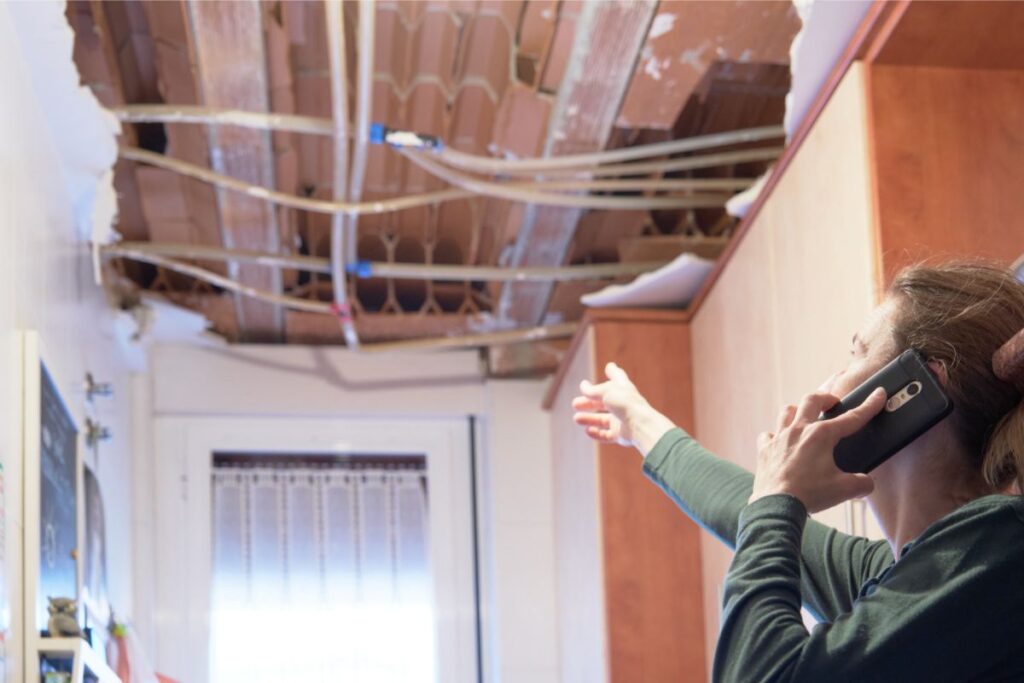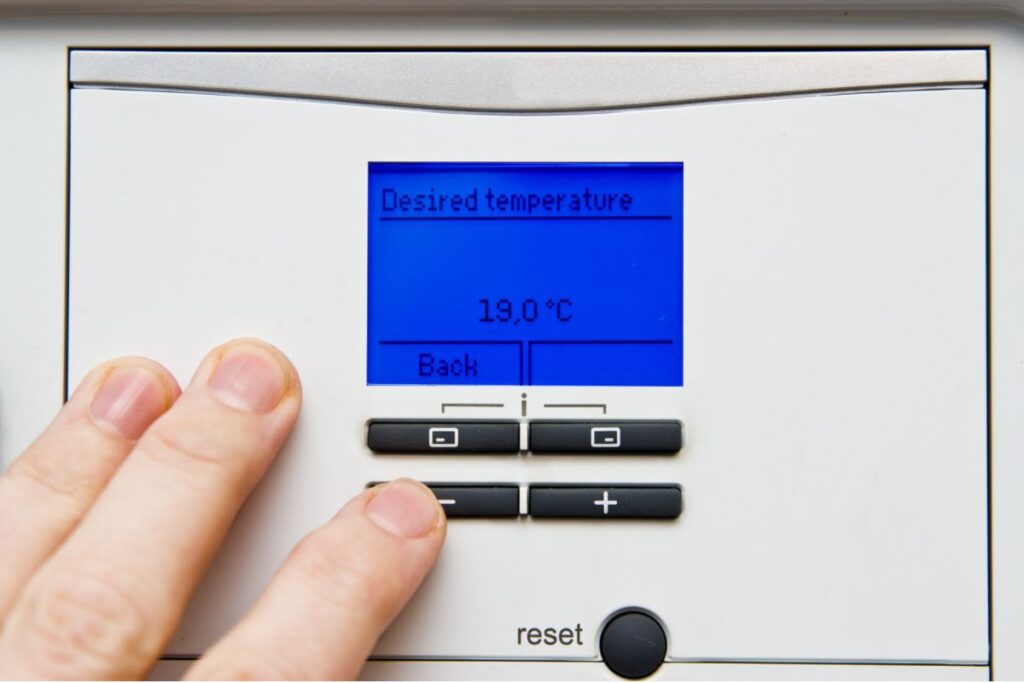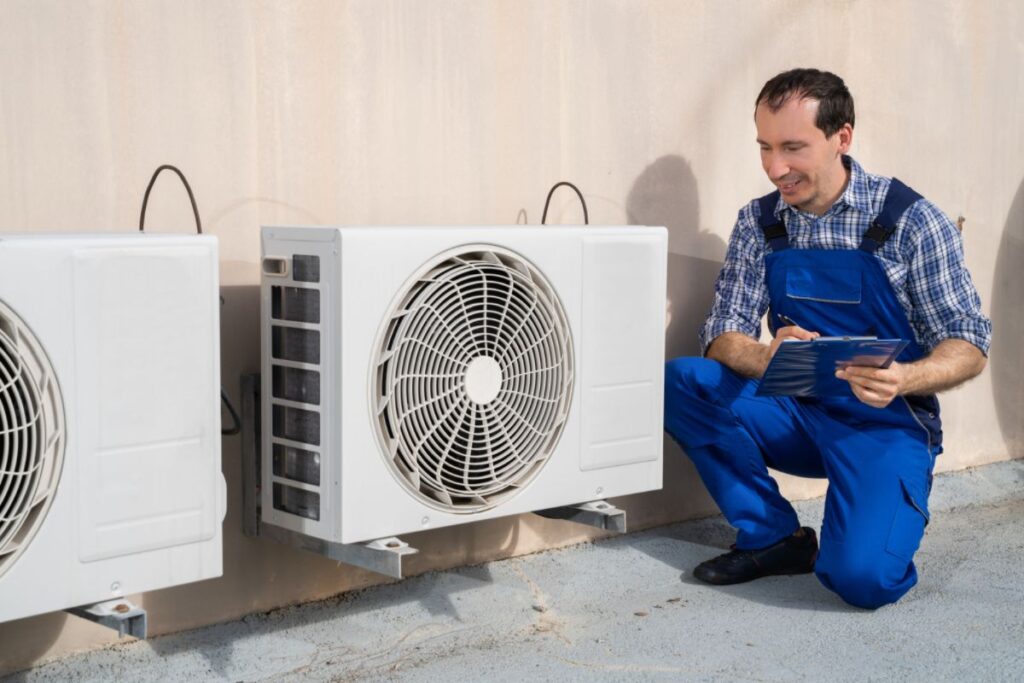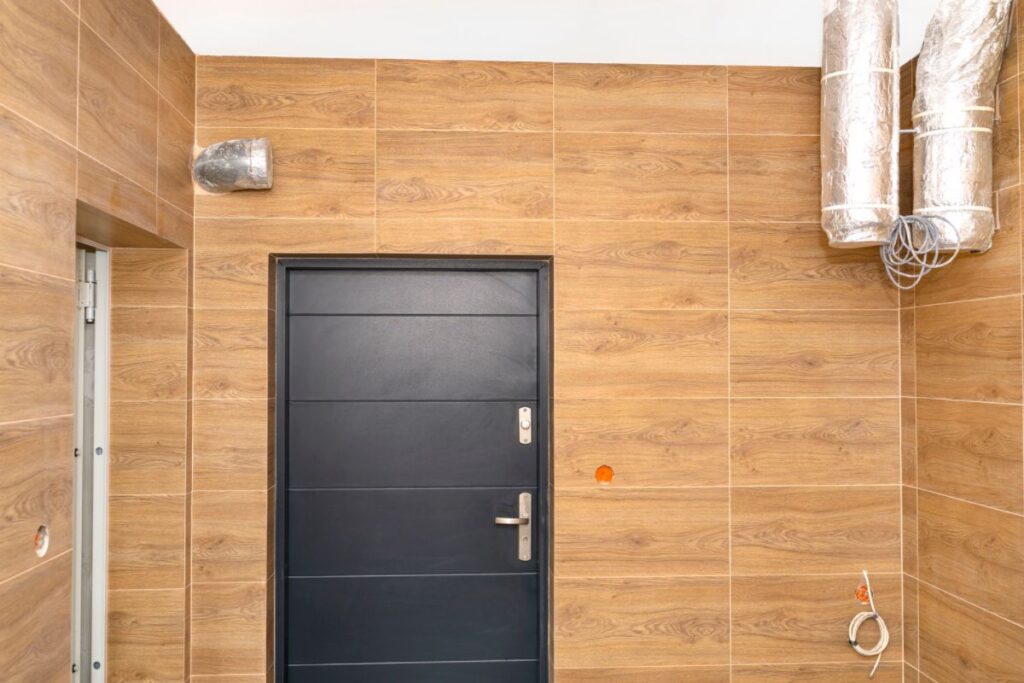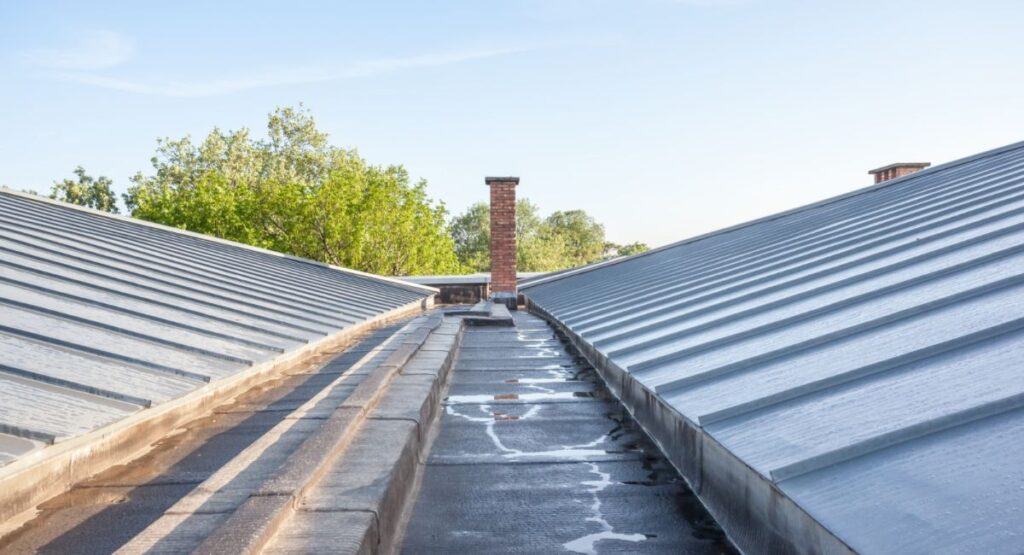Do Radiant Barriers Really Work (Are They Worth It?)
The modern technology of radiant barriers is an ideal type of insulation, and can help homeowners save significantly on energy costs.
Nevertheless, like with all kinds of insulation, they have benefits and drawbacks, which might make you wonder if radiant barriers are worth the purchase and installation costs.
How Does Moisture Effect Radiant Barriers? (What to Know)
If you live in a hot climate, your HVAC system works overtime to keep your home cool and comfortable. Unfortunately, this is probably translating into a higher energy bill than you can afford.
A radiant barrier can take some of the burden off your air conditioner, which can reduce your bill, but moisture buildup may prevent that from happening.
Radiant Barriers: Five Potential Problems That May Arise
A radiant barrier is an excellent and innovative way to control the temperature inside your house. They are also great for helping you lower your cooling costs.
Nevertheless, there are some problems and issues that a radiant barrier can bring. Some of these complications can arise due to the environment, whereas other issues can result from faulty installation.
Can Your Favorite Smart Thermostat Control an ERV or HRV?
Ventilation systems have become a crucial part of all residential and commercial properties. However, not all smart thermostats support ERVs or HRVs. If you’re on the lookout for a smart thermostat that can control either of the two ventilators, this list will help you come to a conclusion regarding your purchase.
Is an Energy Recovery Ventilator (ERV) Worth it?
Poor indoor air quality or ventilation can pose health risks to occupants and lead to several complications. In addition, it can even cause structural and cosmetic damage to your home.
Energy recovery ventilators, or ERVs, provide a simple, reliable, and proven solution to homeowners seeking improved air quality while conserving energy.
ERVs vs HRVs: Confused about the Difference?
With each passing year, mechanical ventilation systems are becoming more and more common in American homes. Two of the most common types of mechanical ventilation systems are heat recovery ventilators and energy recovery ventilators.
How to Size an HRV or ERV For Your Home Correctly
When it comes to sizing an air conditioner, you have probably heard that it’s not a good idea to install a unit that has more capacity than what’s required.
However, that isn’t true when sizing an HRV or ERV. As a matter of fact, oversizing can be a good thing.
Energy Recovery Ventilators: Where To Buy?
If you want to keep your home comfortable year-round with your desired humidity level and temperature, an energy recovery system could be your best option. When shopping for an ERV, choosing a suitable unit – and indeed, finding the right place to find one – can be daunting.
HRVs: When Should You Get Serious About Installing One?
Heat recovery ventilators introduce fresh, outdoor air into your living space like any ordinary ventilation system while removing the stale indoor air. If you want to improve your indoor air quality and ensure that your living space feels fresh and clean, an effective ventilation system is necessary.
Cool Roof Technology Explained (Is It the Future?)
A cool roof is specifically-designed to reflect more sunlight than traditional rooftops. It does this by absorbing less solar energy, which prevents it from heating up too fast.
Think of it like wearing a light sweater when the temperature drops—it keeps the chill out so you can go about your day.




